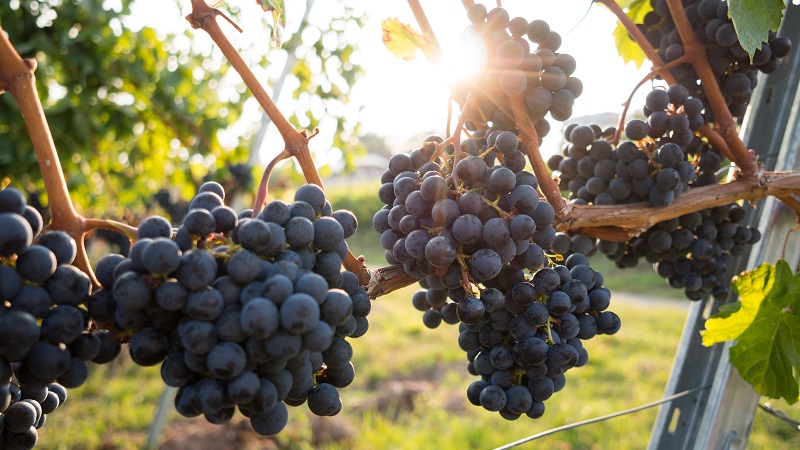Fundamentals Of Good Spray Control
The fundamentals of good spray control are chemistry, timing, and target. These basics are extremely important for growers to remember in order to achieve the best pest control coverage available, according to Robert Wolf, an associate professor and Extension specialist of application technology at Kansas State University.
Chemistry: When spraying for pests, it’s important to know how the chemical works. Growers spraying for weeds should know if the chemical translocates through the plant or if it works on contact with leaves. Similarly, the chemistry’s mode of action in insect pests is critical information: is it translaminar or does it work on contact?
“Knowing the mode of action is critical and influences the size of droplets you need,” says Wolf. “If the chemical works on contact you need smaller droplets; if it translocates, it will work with bigger droplets. Smaller droplets offer better coverage but wind, humidity, and other factors can impact their delivery.”
Timing: “One of the crucial elements of timing is the size of the target and determining when the chemistry would work best,” Wolf says. “In my experience spraying weeds, is that it’s also critical to know how the droplets would adhere. Cabbage is a good example of a slick, hard surface on which large droplets may not adhere. Other plants have leaves with a lot of hairs, which could prevent small droplets from reaching the leaf surface.”
Wolf advises spraying when it’s windy and doesn’t advocate spraying in calm air because there is often a temperature inversion, which prevents small droplets from getting into plants; instead they disperse into the atmosphere, causing drift, he says.
Targeting: Wolf says targeting relates to where growers want the chemicals to reach. “If you need to get the product down into the canopy, the denser the target, the harder that is,” he says. “Selecting the proper type of nozzle to get the droplet spectrum suited for the chemical is crucial. Tank mix adjuvants and deposition aids help get coverage into the target for disease and insect control.”
Growers can assess the efficacy of their sprayers with several simple methods, according to Wolf. Clipping white adding machine paper to leaves and using a short spray with a marker dye is an effective technique, though using water in the sprayer is safer than testing with pesticides, he says.
Clipping water-sensitive paper to leaves works in the same manner, though growers must ensure the leaves are dry first. “In our research we clip chrome-coat film paper to leaves and use pink dye in the sprayer,” Wolf says. “Another way is to use fluorescent dye in the tank to stain leaves, which will show up under a black light in a dark room. This is an effective means to evaluate differences in spray technology.”










